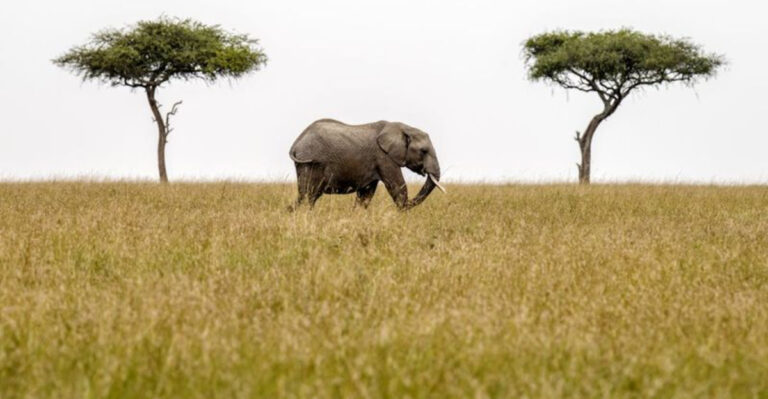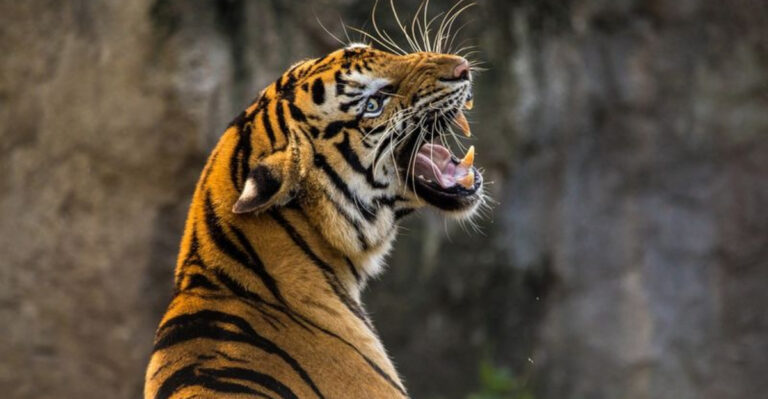16 Misconceptions People Have About Wolves That Are Not True
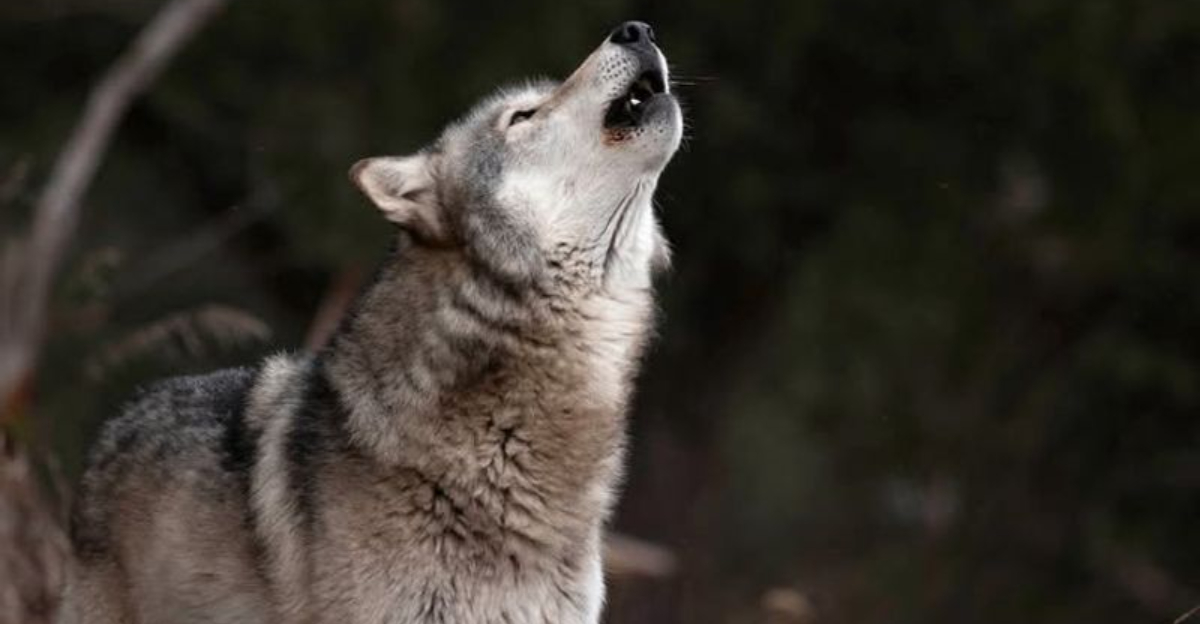
Wolves have long been subjects of myth and legend, leading to misconceptions that often paint them as villains. These misunderstandings not only affect the perception of wolves but also influence conservation efforts and policies.
Here, we aim to debunk some common myths about wolves, revealing the truth behind these magnificent creatures. From their behavior and social structure to their impact on the ecosystem, we will explore the facts that counter these widespread beliefs, providing a clearer picture of wolves as they truly are.
1. Wolves Are Always Dangerous To Humans
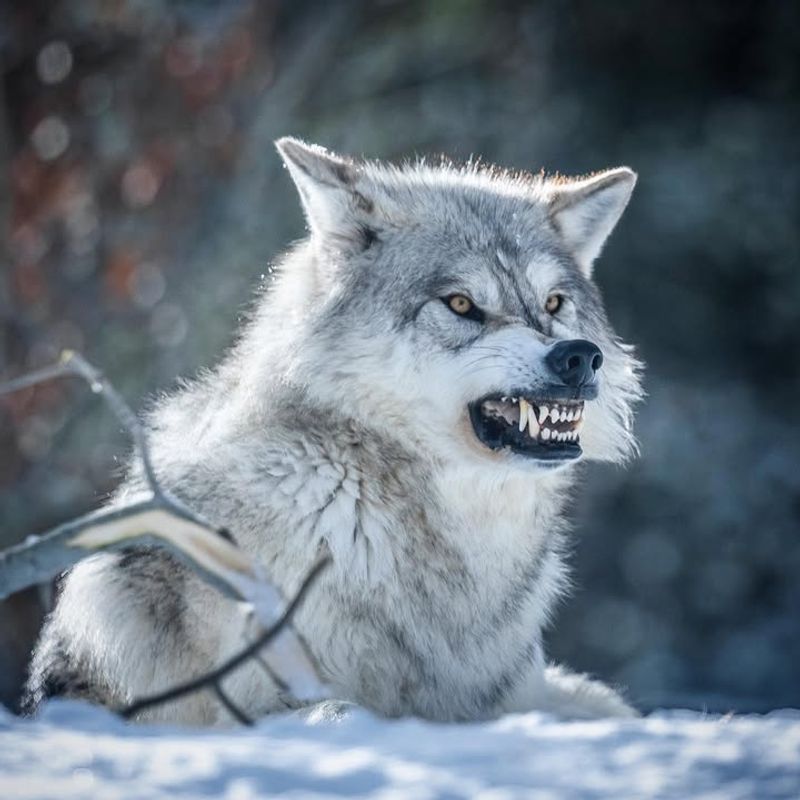
Many people believe that wolves are inherently dangerous to humans, but attacks are extremely rare. Wolves tend to avoid human contact and are more likely to flee than fight. In fact, wolves are shy and elusive creatures, preferring to hunt wild prey rather than livestock or people.
The fear of wolves has been ingrained in cultural lore, yet scientific studies show that they pose little threat to humans. Understanding their true nature can help dispel irrational fears and lead to more informed coexistence strategies. With proper respect and distance, wolves and humans can share the wilderness peacefully.
2. Wolves Hunt In Packs To Kill More Effectively
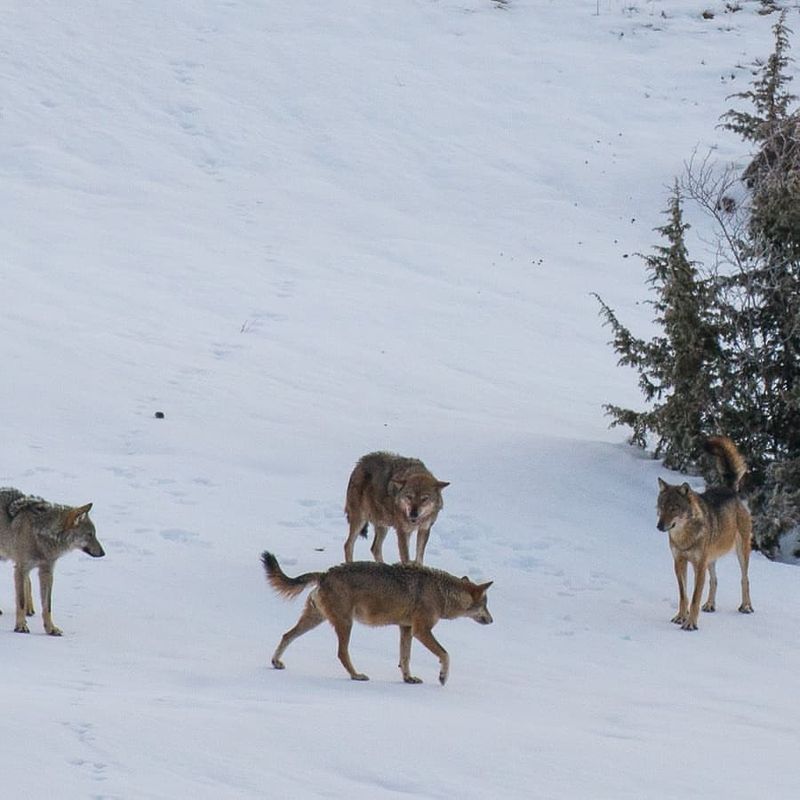
The notion that wolves hunt in packs to kill more effectively is a simplification of their complex social behavior. While pack hunting is efficient, it also reflects their strong social bonds and teamwork. Packs work together not just for hunting but for raising young and protecting territory.
The strength of a wolf pack lies in cooperation, not sheer aggression. This social structure is more about survival and mutual support than indiscriminate killing. Recognizing the intricacy of their interactions can foster appreciation rather than fear and misunderstanding of these majestic animals.
3. Wolves Kill For Sport
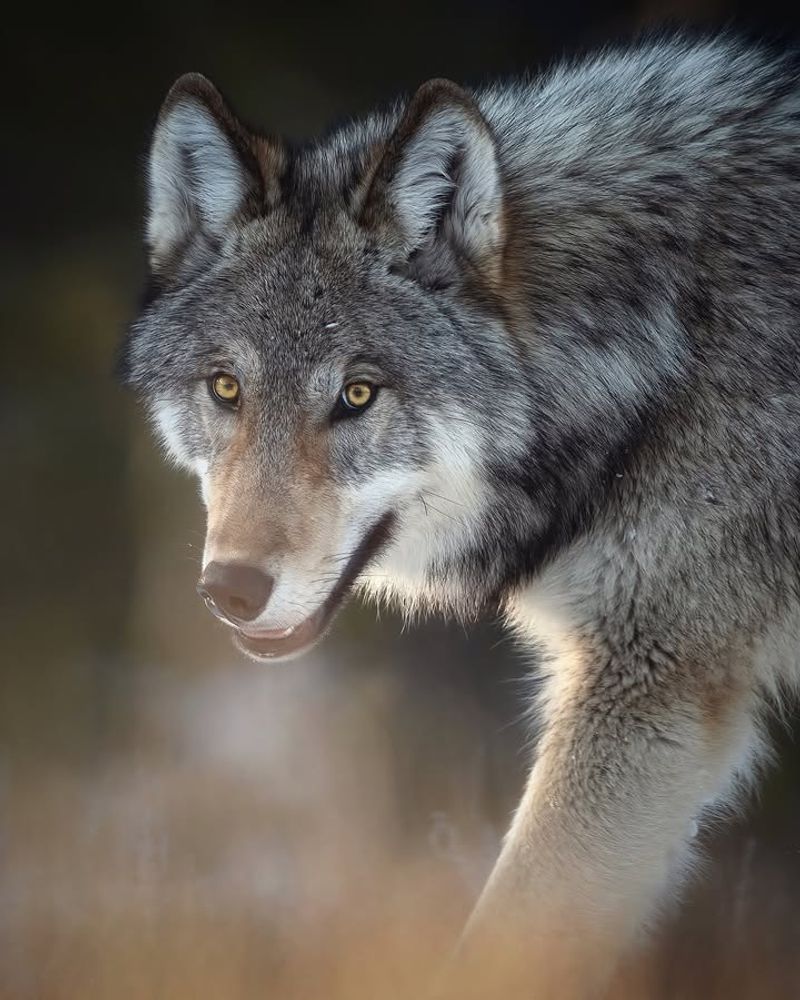
Contrary to the belief that wolves kill for sport, they hunt to survive. Wolves are opportunistic hunters, targeting the weak, sick, or old prey to conserve energy. This selective hunting helps maintain the balance in ecosystems by controlling prey populations.
The myth of sport killing likely arises from rare surplus killings during harsh conditions when food is scarce. Understanding the ecological role of wolves in maintaining healthy wildlife populations debunks the misconception of their brutal nature. It’s essential to shift the narrative from mindless killers to vital ecological participants.
4. Wolves Are Aggressive Toward Humans
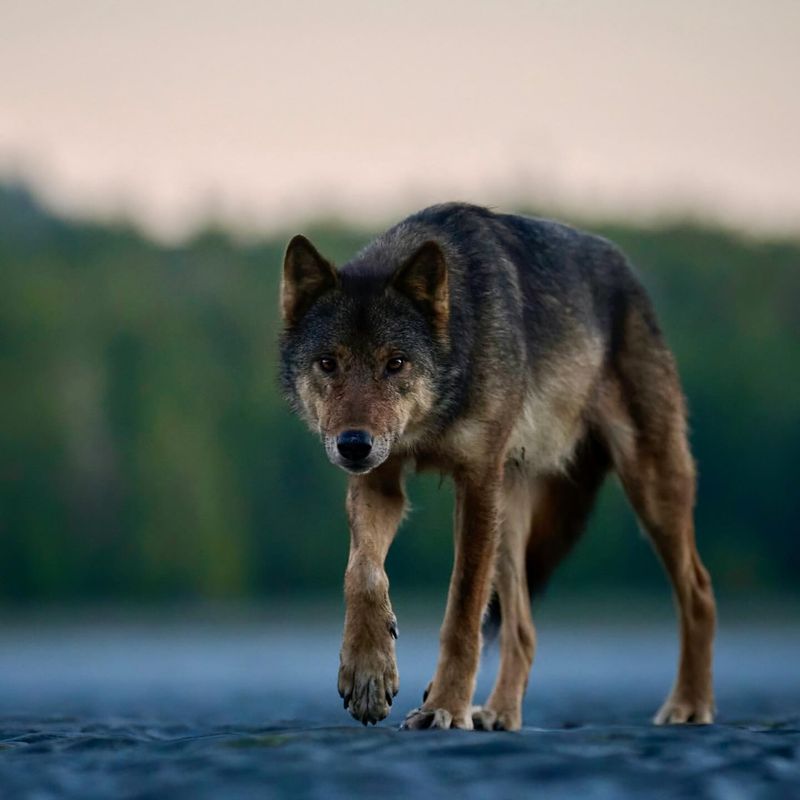
Despite popular belief, wolves are not aggressive toward humans. They are naturally wary and tend to avoid human settlements. Instances of aggression are often exaggerated or based on misunderstandings of wolf behavior.
Wolves’ cautious nature leads them to be more curious than confrontational. Encounters with humans typically result in wolves retreating rather than attacking.
Emphasizing education and awareness can help reduce conflicts and foster a more harmonious relationship between wolves and humans. By understanding their behavior, we can coexist peacefully with these fascinating creatures.
5. Wolves Are Solitary Creatures
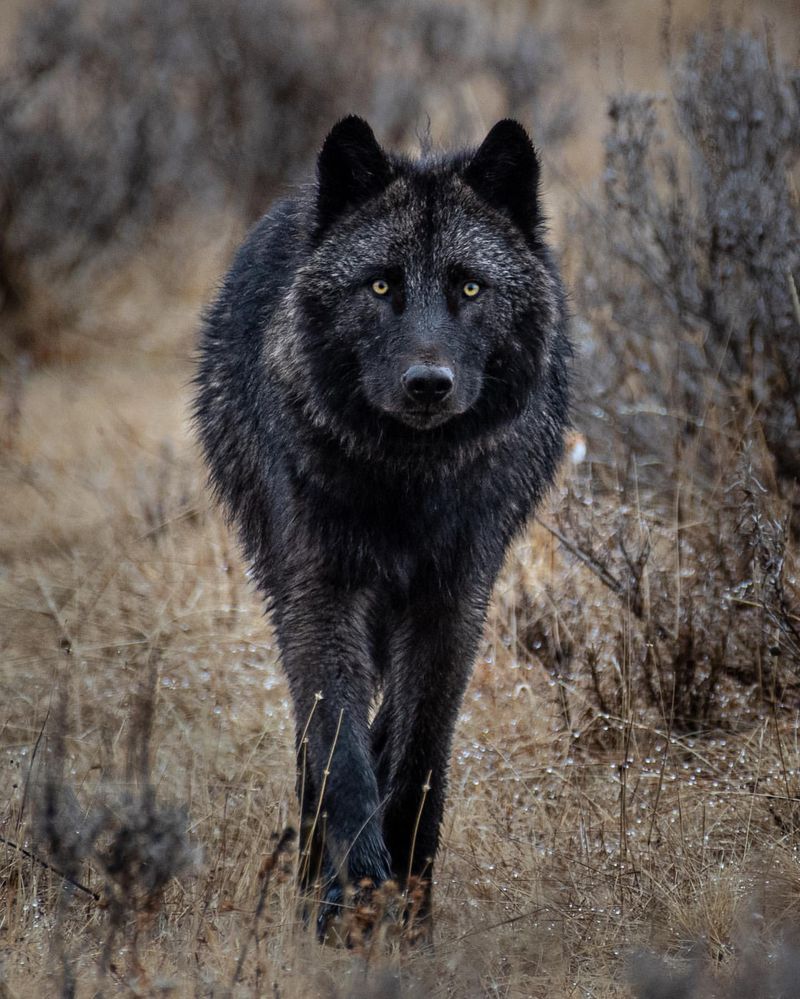
The idea that wolves are solitary creatures ignores their complex social lives. Wolves live in packs led by an alpha pair, working together to raise pups, hunt, and protect their territory. Their social structure is vital to their survival and success.
Packs consist of family members, and their interactions are marked by loyalty and cooperation. This social dynamic challenges the stereotype of the lone wolf and highlights the importance of community and collaboration.
Understanding the true nature of wolf society can change perceptions and promote conservation efforts.
6. Wolves Are Indiscriminate Killers
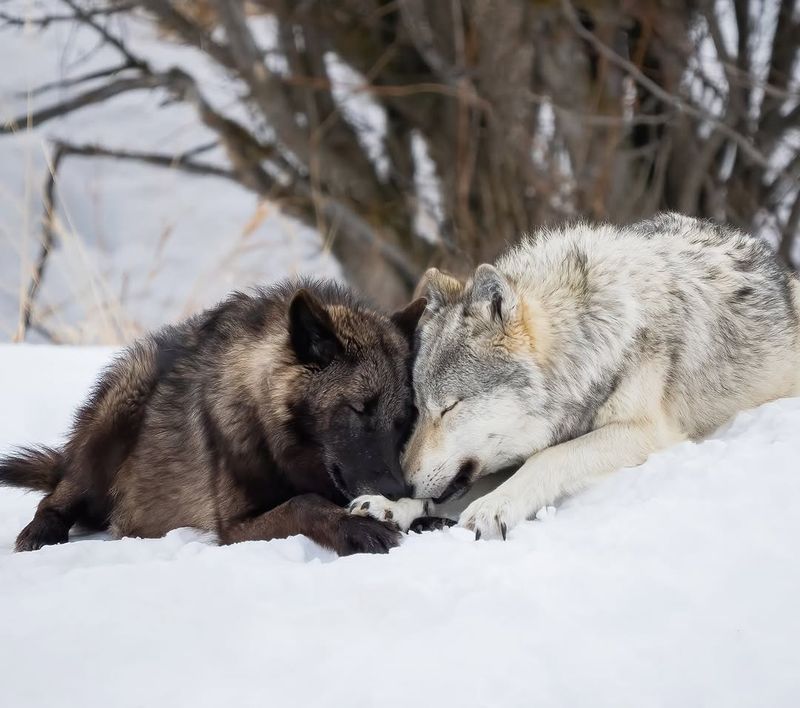
Wolves have gained a reputation as indiscriminate killers, but they are pragmatic hunters. They focus on weak, sick, or young prey, ensuring they don’t expend unnecessary energy. This selective process benefits the ecosystem by keeping prey populations healthy and balanced.
The depiction of wolves as ruthless predators fails to acknowledge their role in nature. Understanding their hunting behavior reveals their ecological importance and dispels myths of mindless aggression. By appreciating their role, we can advocate for their protection and a balanced ecosystem.
7. Wolves Cannot Coexist With Livestock Farms
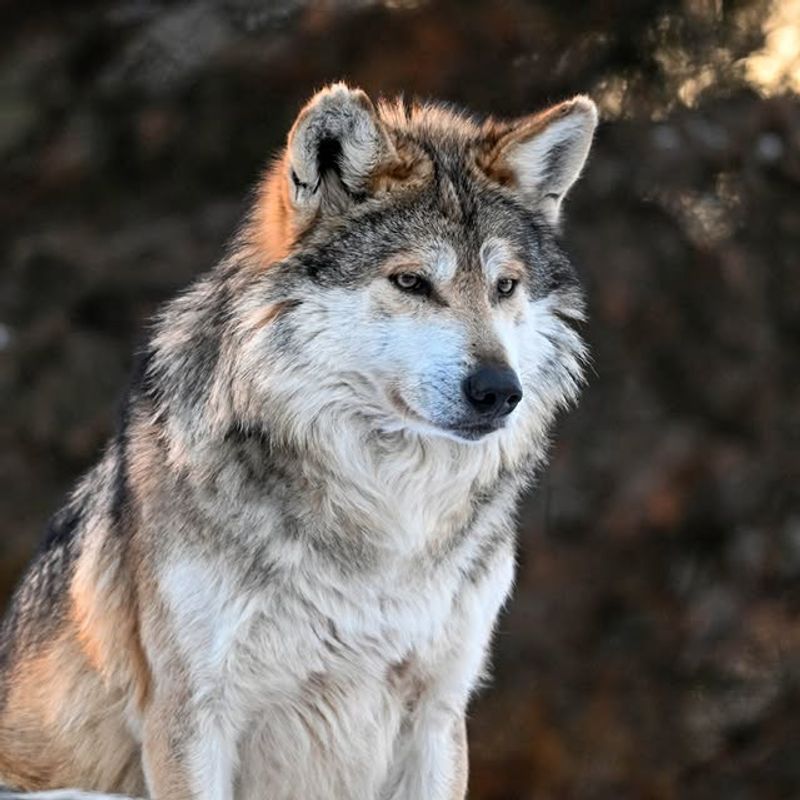
It is often assumed that wolves and livestock farms cannot coexist, but with proper management, conflicts can be minimized. Non-lethal deterrents, such as fencing and guard animals, have proven effective in protecting livestock while preserving wolf populations.
Farmers working with wildlife experts can create strategies that allow wolves and livestock to share the landscape. Changing perceptions from adversaries to coexistence partners is key to fostering harmony between agriculture and wildlife conservation.
8. Wolves Deplete Game Animal Populations
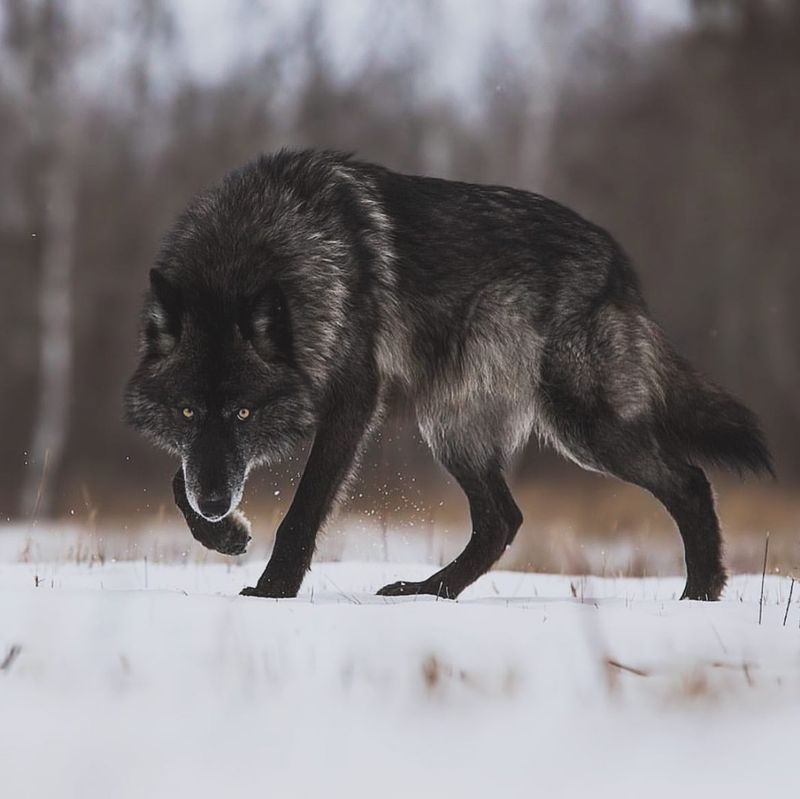
The idea that wolves deplete game animal populations is a misconception. Wolves play a crucial role in maintaining a balanced ecosystem by keeping prey populations in check. Their presence can lead to healthier wildlife communities by controlling overgrazing and promoting biodiversity.
Studies have shown that ecosystems with wolves tend to be more balanced and resilient. Viewing wolves as integral to nature rather than threats to hunting interests can shift perspectives and support conservation efforts.
9. Wolves Are Bloodthirsty Animals
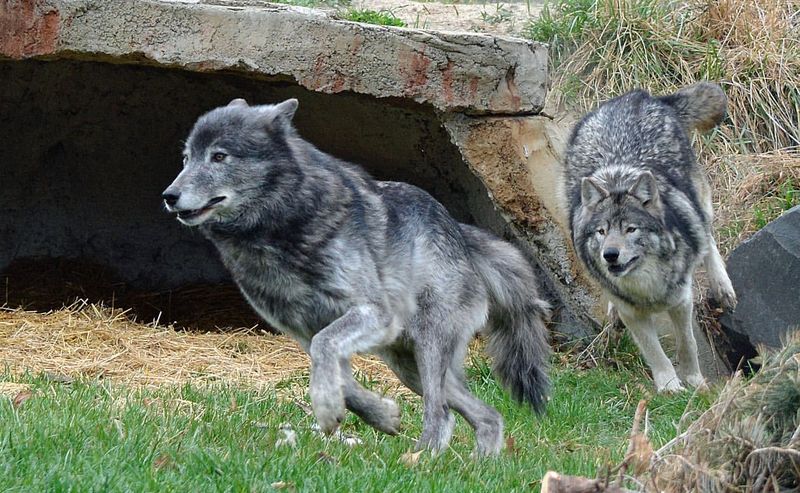
The portrayal of wolves as bloodthirsty animals is misleading. Wolves, like other predators, hunt to survive, not out of malice. Their hunting is strategic and serves the ecological purpose of population control.
Understanding the natural behavior of wolves and their role in the food chain can dismantle the myth of their bloodthirsty nature. They are vital to the health of ecosystems and should be valued as such. Changing this narrative is essential for their conservation and the protection of biodiversity.
10. Wolves Are All The Same Species
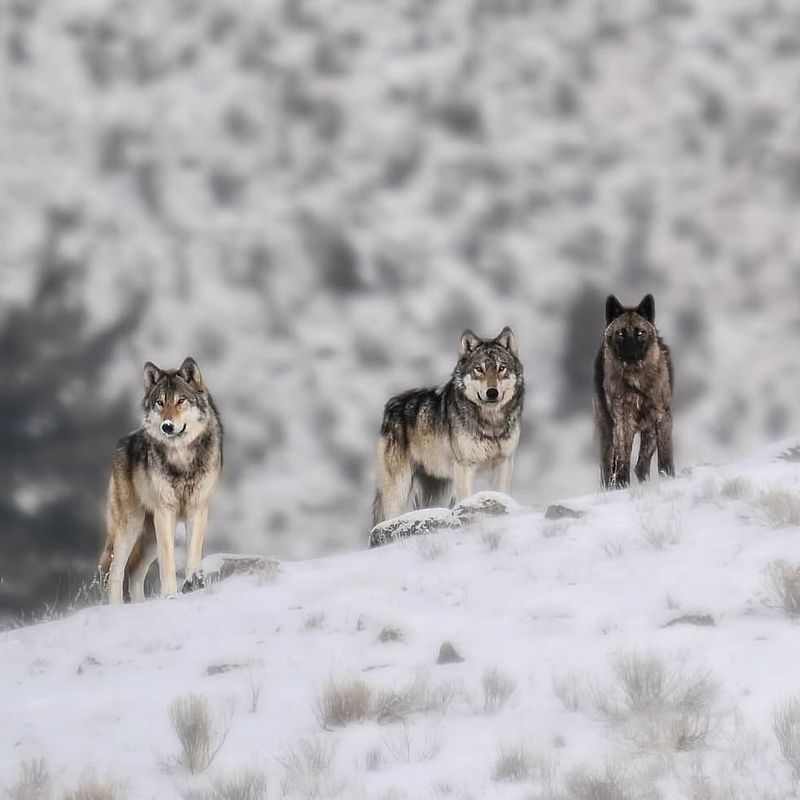
A common misconception is that all wolves are the same species, but there are several distinct species with unique characteristics. The gray wolf is the most well-known, but others like the red wolf and Ethiopian wolf have distinct features and habitats.
Recognizing the diversity among wolf species can lead to more tailored conservation strategies and appreciation for their varied roles in ecosystems. This understanding helps in preserving not just the species, but the rich biodiversity they represent.
11. Wolves Cannot Be Found In Urban Areas
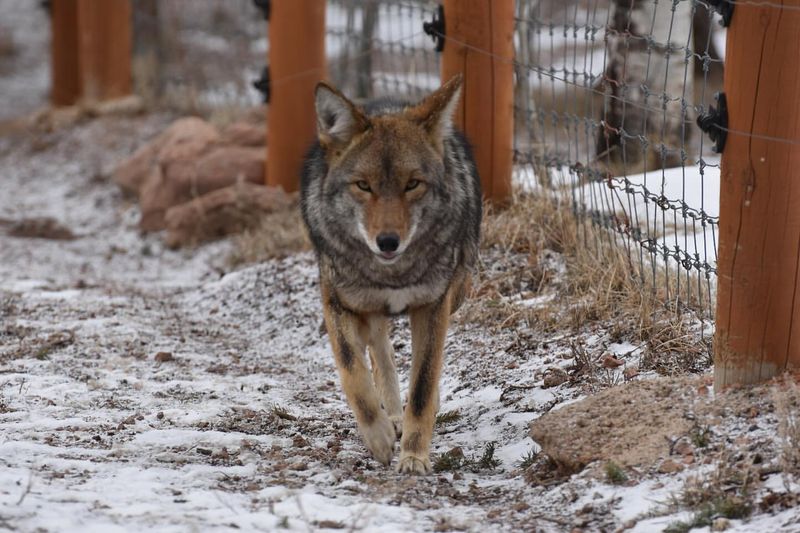
People often assume wolves can’t be found near urban areas, but they are adaptable creatures. In search of food and territory, wolves sometimes venture close to human settlements.
This adaptability challenges the notion of wolves being strictly wilderness dwellers. Understanding their presence near urban areas highlights the need for community awareness and conflict mitigation strategies. Promoting coexistence in shared spaces can lead to better human-wolf interactions.
12. Wolves Have No Natural Predators
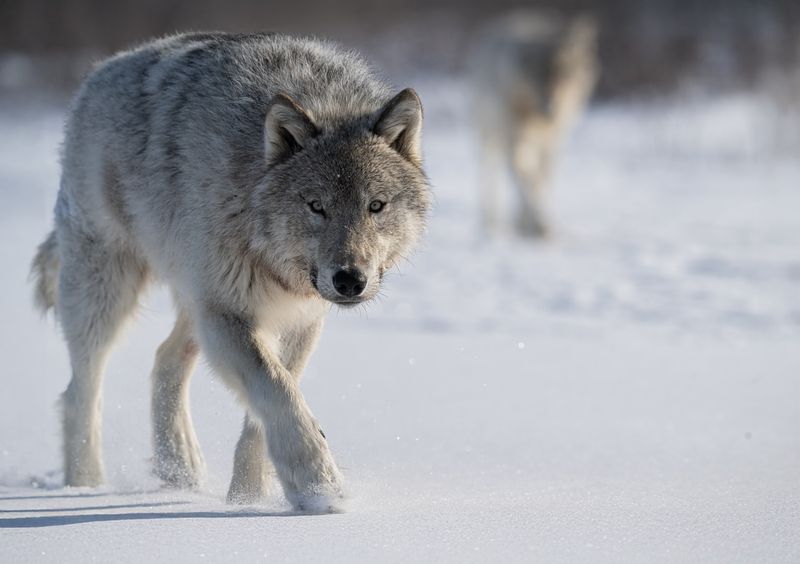
It’s a misconception that wolves have no natural predators. While they are top predators, they do face threats from other large carnivores like bears and cougars.
These interactions are part of the natural balance and can influence wolf behavior and territory dynamics. Recognizing this complexity enriches our understanding of ecosystems and the role of wolves within them. Nature’s checks and balances emphasize the interconnectedness of all wildlife.
13. Wolves Are Primarily Nocturnal
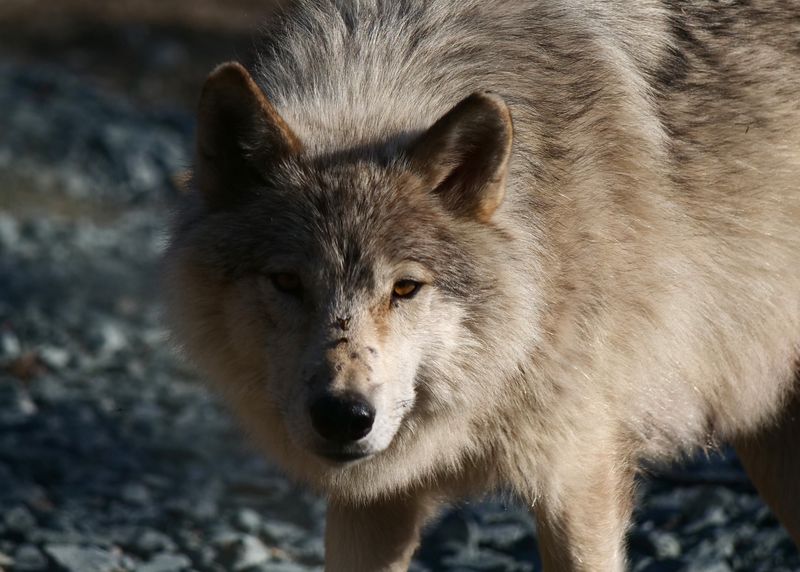
The belief that wolves are primarily nocturnal isn’t entirely accurate. Wolves are crepuscular, meaning they are most active during dawn and dusk.
This timing allows them to hunt efficiently while avoiding the heat of the day and competition with other predators. Understanding their activity patterns can help in developing conservation strategies that consider their natural behaviors. Appreciating their adaptability enriches our perception of wolves beyond common stereotypes.
14. Wolves Are Evil Creatures From Folklore
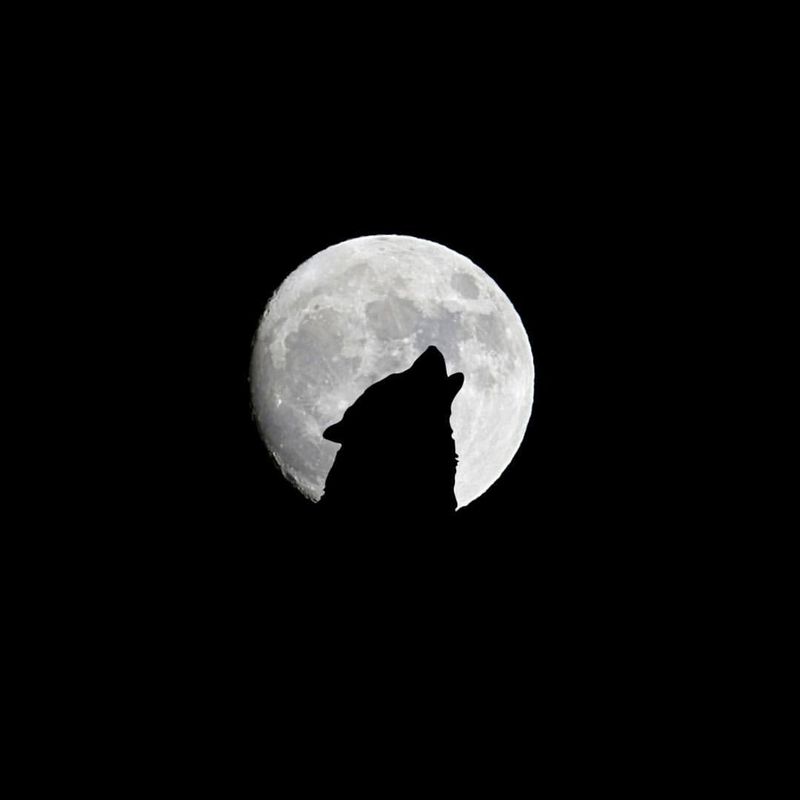
Folklore often paints wolves as evil creatures, but this is far from the truth. Wolves are essential predators that play a significant role in maintaining ecological balance. The negative portrayal stems from cultural stories and myths, not reality.
Educating people about wolves’ real contributions to nature can counteract these harmful stereotypes. By shifting the narrative from villain to vital ecosystem player, we can foster appreciation and support for their conservation.
15. Wolves Are Responsible For Livestock Loss
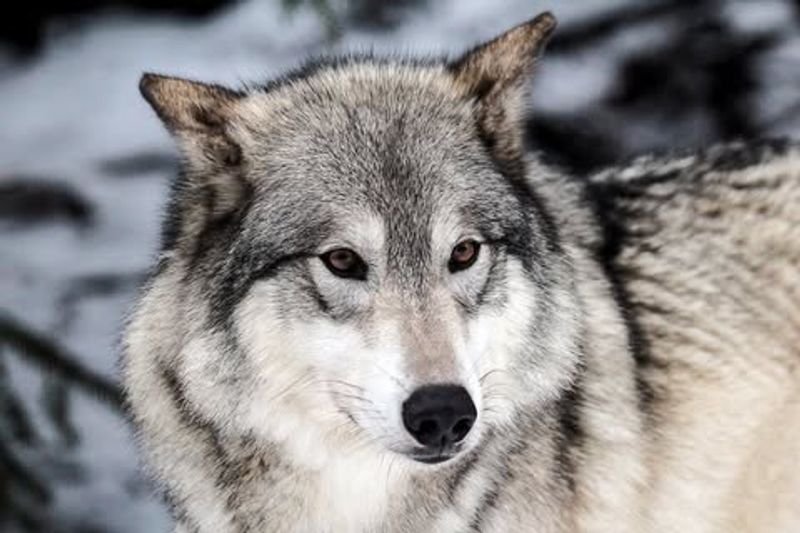
Wolves often get blamed for livestock loss, but studies show that they account for a small percentage compared to other factors like disease and accidents. Proper management and preventive measures can mitigate these losses.
Working with conservationists, farmers can implement strategies that protect livestock and promote wolf conservation. Shifting the blame from wolves to understanding the broader context can lead to more effective solutions. It’s about coexistence, not conflict.
16. Wolves Howling Is A Sign Of Aggression
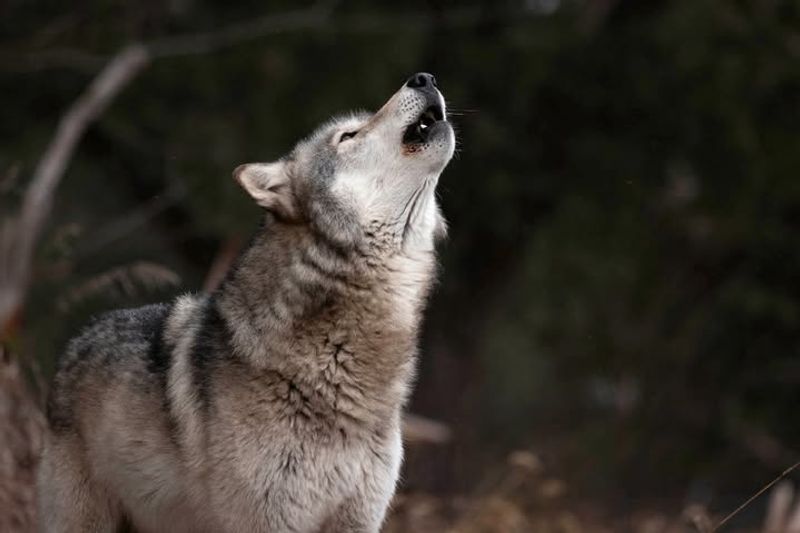
People often interpret wolf howling as a sign of aggression, but it’s primarily a form of communication. Wolves howl to coordinate pack activities, mark territory, and strengthen social bonds.
Understanding the true purpose of howling dispels fears and highlights the complexity of wolf communication. Appreciating these vocalizations can lead to greater respect and understanding of their social dynamics and natural behaviors. It’s a symphony of survival, not a cry of hostility.


